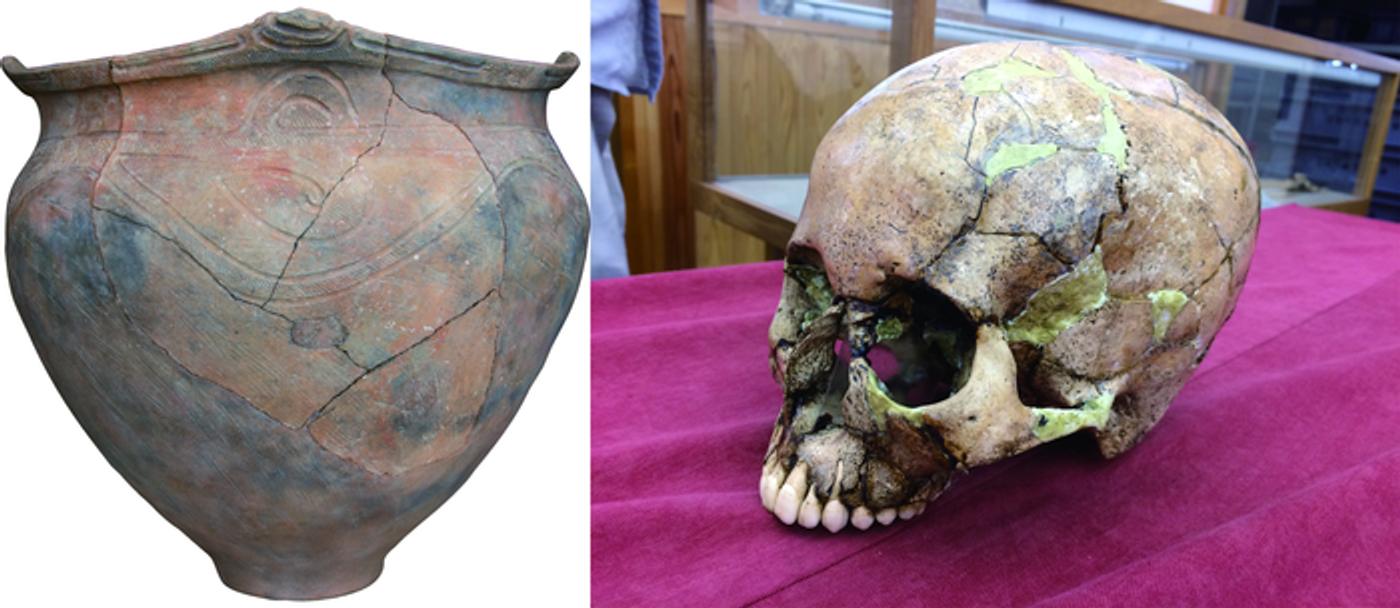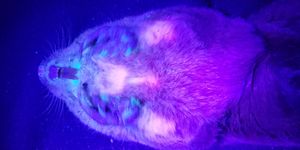A New Understanding of Japanese History Through Genetics
Palaeoarchaeologists, human geographers, and other scientists have sought to understand the evolution of humans, their cultures, and histories. In recent years, advances in genetic technologies have brought new insights into that research. Investigators have now used ancient samples of DNA to change and expand what we know about the history of the Japanese population. Humans have lived on the Japanese islands for 38,000 years or more, and the culture has experienced rapid transformation primarily in the last 3,000 years. It had been thought that people on the Japan mainland were descended from both indigenous hunter-gatherer-fisher people in the Jomon population, who lived in Japan from 16,000 to 3,000 years ago, and Yayoi farmers, who migrated later from the Asian continent and settled in Japan around 900 BC to 300 AD.
In new research reported in Science Advances, scientists analyzed a dozen ancient genomes that carried genetic signatures from the Jomon and Yayoi populations, as well as another genetic component contributed by Kofun people, who were influential in Japan from the 3rd to 7th centuries.
"The Japanese archipelago is an especially interesting part of the world to investigate using a time series of ancient samples given its exceptional prehistory of long-standing continuity followed by rapid cultural transformations," said co-study leader Dan Bradley, Professor of Population Genetics in Trinity College Dublin's School of Genetics and Microbiology. "Our insights into the complex origins of modern-day Japanese once again shows the power of ancient genomics to uncover new information about human prehistory that could not be seen otherwise."
This research also revealed that the Jomon population was probably maintained at about 1,000 people over several millennia. Divergence on the islands from populations on the Asian continent coincided with rising sea levels 15,000 to 20,000 years ago. Movement from the Korean Peninsula onto the Japanese islands happened about 28,000 years ago during the last Glacial Maximum, and sea levels widened the Korean strait about 16,500 years ago. Evidence of Jomon pottery aligns with these estimated dates.
The study also suggested that agriculture in prehistoric Japan came about with different contributions from indigenous Jomon people and immigrants that brought wet-rice farming techniques. This differs from transitions in Europe, in which hunter-gatherer populations or their techniques were replaced, not assimilated.
"We now know that the ancestors derived from each of the foraging, agrarian, and state-formation phases made a significant contribution to the formation of Japanese populations today. In short, we have an entirely new tripartite model of Japanese genomic origins, instead of the dual-ancestry model that has been held for a significant time," noted study leader Shigeki Nakagome, Assistant Professor in Psychiatry at Trinity College Dublin's School of Medicine.
Sources: Trinity College Dublin, Science Advances









